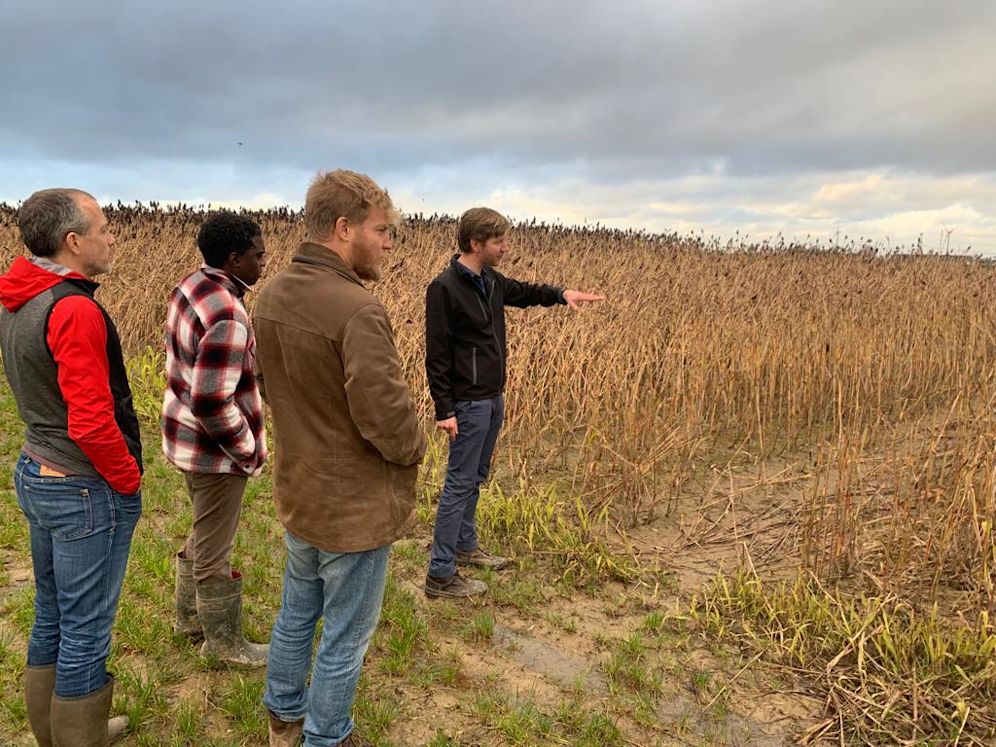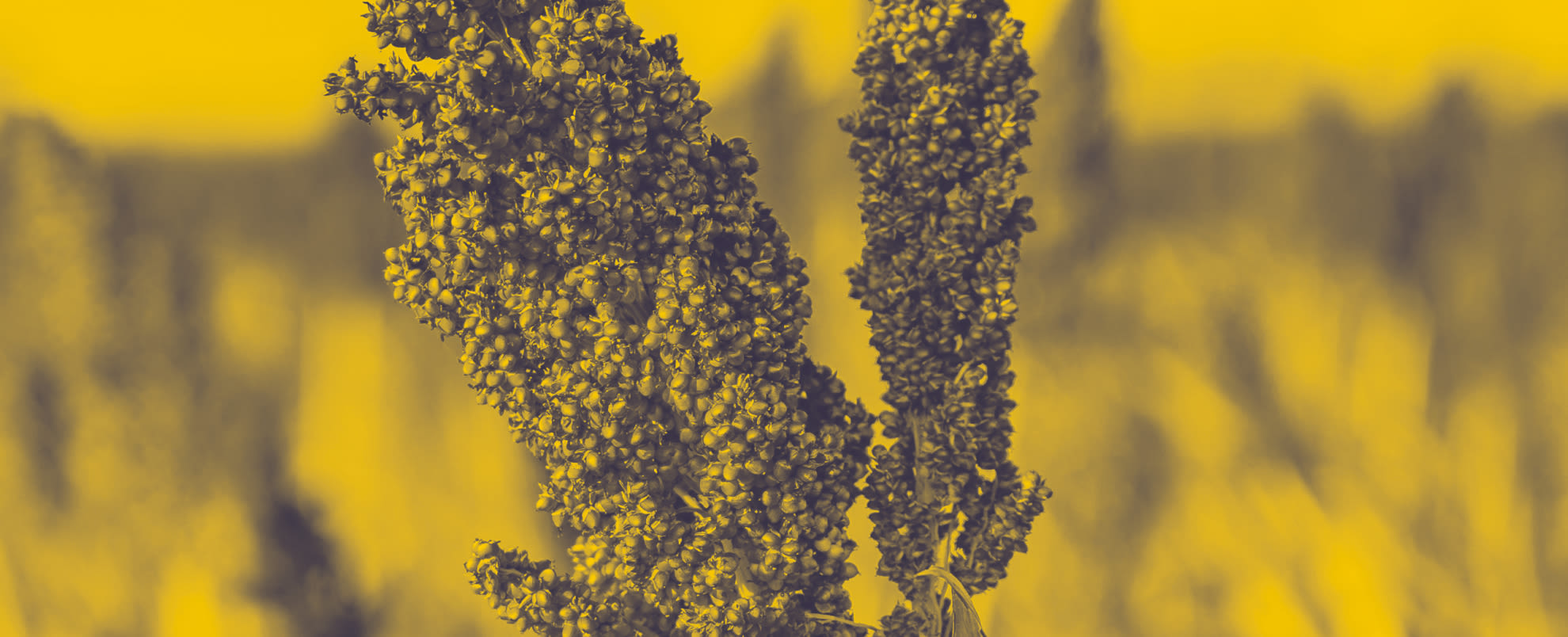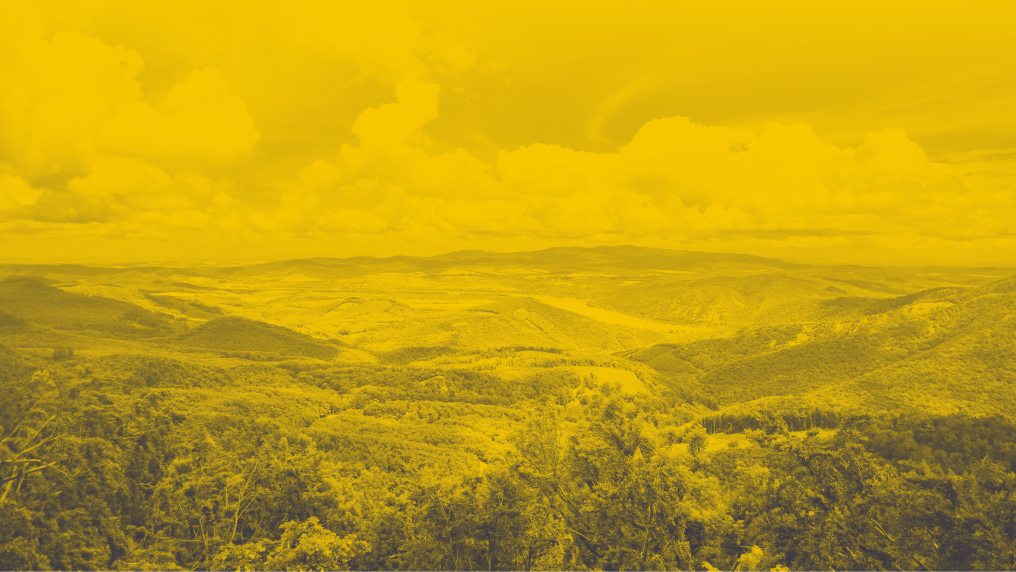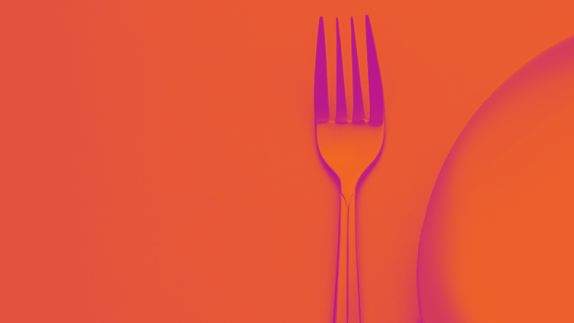This is part of a series of case studies that illustrate how food businesses are creating innovative collaborations in order to regenerate nature.
In Brief
Sorghum is a nutrient-rich plant that can improve soil structure and fertility. The grain is often included in animal feed, but has multiple possibilities in the human food chain, particularly given its climate resilience.
Big Food Redesign Challenge participant Gabanna Foodworks is part of a project team involving a collection of fellow Dutch businesses – real estate developer VORM, specialist wholesaler Springtail, farmer Howard Koster, and local food retailer Rechstreex. The five are collaborating on the creation of business models that enable more of the crop to be produced and more of each plant to be used.

How it started
In the Dutch city of Rotterdam in 2022, Gabanna Foodworks founder Sean Patrick was building a business focused on helping farmers commercialise diverse crops.
His vision, which mirrors the thinking behind a circular design for food, is that greater diversity in planting translates into raised levels of biodiversity, as well as climate resilience. He is also keen to provide farmers with a process by which they can more easily earn revenue, bypassing the more traditional supply chains. Gabanna had been producing pasta on behalf of Dutch farmers, made from their ancient grain crops – Oberkulmer Rotkorn and Serenite spelts, as well as heritage wheat varieties including Heliaro, Emmer, Quintus, Einkorn, and Lennox.
Patrick spotted the potential of sorghum thanks to an introduction from specialist wholesaler Springtail, another small food business in the bustling circular economycircular economyA systems solution framework that tackles global challenges like climate change, biodiversity loss, waste, and pollution. It is based on three principles, driven by design: eliminate waste and pollution, circulate products and materials (at their highest value), and regenerate nature. hub of Rotterdam. Springtail champions the sorghum produced by Dutch regenerative farmer Howard Koster at the Die Biesterhof farm, owned by citizen co-operative Land Van Ons.
At the same time in Rotterdam, another team had sorghum grains spread across their desks. Real estate developer VORM was exploring how the long, fibrous stem of the sorghum plant could be used as a biomaterial for construction; it had already been growing some on its own land.
What’s happening?

(L-R: Bastiaan Shellekens, retail manager, Rechstreex; Sean Patrick, founder, Gabanna Foodworks; Bas Hillerstrom, project coordinator; Ritzo Holtman, coordinator, VORM)
The two companies are now piloting projects to use different parts of the Sorghum plant. While VORM uses the stem for construction, Gabanna uses the grains for its pasta and cereal. In the pilot phase they are using different sources of the sorghum but in the longer term, if both parties can bring scale to their respective business models, they plan to collaborate over supply.
Retailer Rechstreex, a specialist in marketing local Dutch food, came on board to sell Gabanna’s two cereal products – Vitality Boost Stars and Ceremonial Cocoa Rings. They will be marketed under the brand name Sorghumeal which Patrick hopes will help consumers better understand sorghum by relating it to oatmeal.
Gabanna’s Sorghumeal cereal also contains other ingredients that deliver direct benefits to nature. Protein and iron-rich Amaranth needs little nitrogen or water to thrive, reducing its impact on the land. It also uses Green Banana flour, a staple crop from his native Uganda and the original inspiration for his business.
The project has received grants from two external sources to help scale the use of sorghum – the National Office for Entrepreneurship Netherlands and the Ellen MacArthur Foundation’s Big Food Redesign Challenge.
Why it’s an example of the circular economy
A circular design for food incorporates three design opportunities – upcycling, use of lower impact ingredients, and use of diverse species/crops.
Gabanna’s cereal and pasta products tap into the second and third of these. Sorghum has a much lower impact on the land than many other crops. Its deep roots build soil structure, reduce flooding by aiding water filtration, and transport nutrients deep into the ground. It also draws carbon out of the atmosphere and stores it in the soil at a rate higher than many other crops.
Circular Design for Food Framework

In addition, as sorghum is a relatively under-used crop in the human food chain, finding ways to create business models focused on its use can aid landscape biodiversity.
The fact that this project is helping facilitate the growing of sorghum in greater volumes means that it will help regenerate the landscapes it is grown in – the underlying principle of a circular design for food.
At a systems level, this project is helping to establish two circular business models, amplifying the effect of a circular economy in both the food and built environment sectors.
The whole operation is also a great example of a circular supply chain, with its key characteristic of a ‘highly connected and dynamic network’.
Lessons learned (so far)
Early testing brought changes to the way VORM uses sorghum. The initial idea was to use the stems to create insulation, but during the test phase discovered that the nutrients in the crop would be likely to degrade the material in the long term if used in this way. It now plans to use the sorghum stems as an alternative to hardboard.
Gabanna evolved its branding. Patrick realised that packaging needed to give consumers a degree of comfort in the little-known sorghum crop. He is using the name ‘Sorghumeal’ on packs, making the link to the better-known oatmeal to help consumers understand its similarity in preparation and usage.






